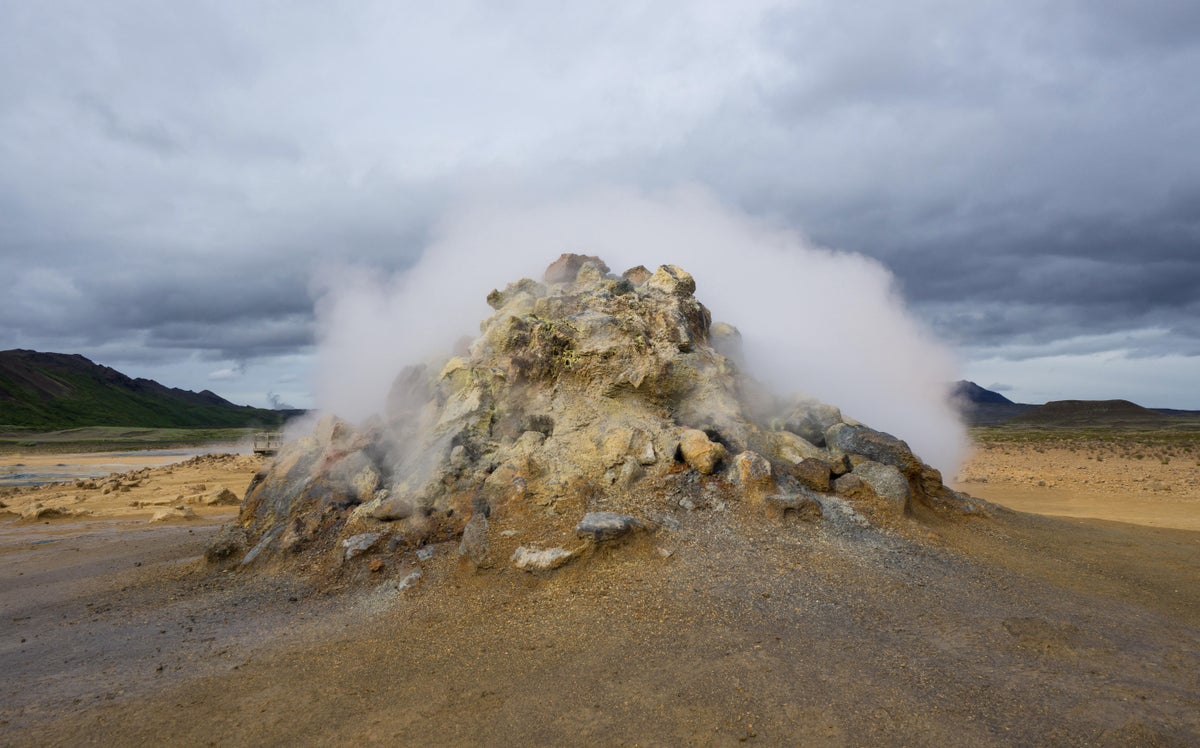
"The specific conditions for hydrogen gas accumulation and production are what several exploration companies are looking at carefully, and this will vary for different geological environments."
"According to the authors, Earth's crust has produced enough hydrogen over the past 1 billion years to meet our current energy needs for 170,000 years."
"The game of the moment is to find where it has been released, accumulated and preserved, said Chris Ballentine, lead author of the review."
"Finding hydrogen reservoirs could help accelerate a global energy transition, but until now, geologists only had a piecemeal understanding of how large hydrogen accumulations form."
New research indicates that hydrogen reservoirs may be more prevalent than previously thought, existing in at least 30 U.S. states. A key study published in Nature Reviews Earth and Environment brings clarity to how natural hydrogen accumulations form and where to find them. The authors assert that Earth's crust has generated sufficient hydrogen over the last billion years to meet current energy demands for 170,000 years. Identifying specific geological conditions for hydrogen accumulation could aid exploration companies in accessing these natural resources effectively.
Read at www.livescience.com
Unable to calculate read time
Collection
[
|
...
]